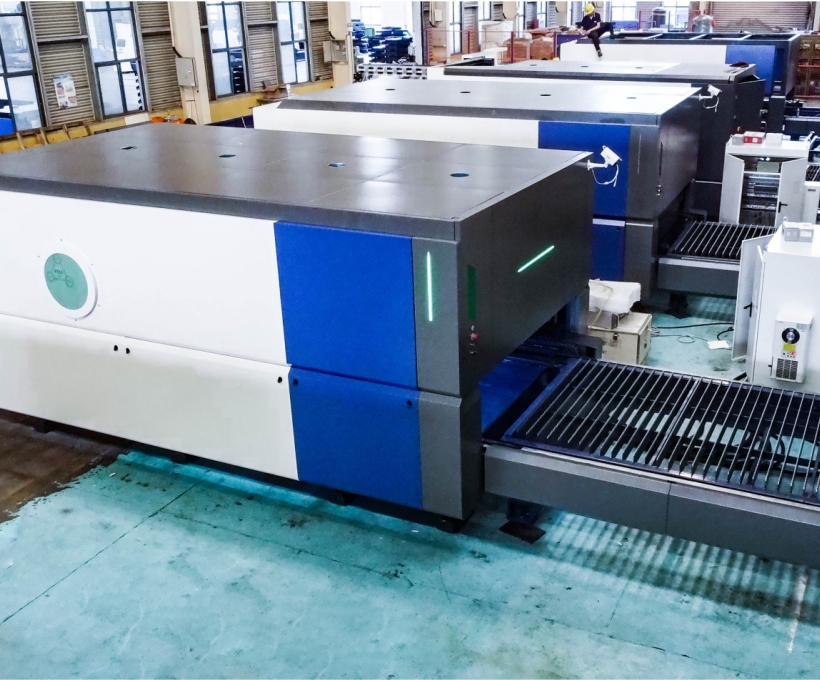In the world of manufacturing, precision is paramount. It is the difference between a product that meets specifications and one that exceeds them. Fiber laser cutting technology has emerged as a game-changer, offering unparalleled accuracy and efficiency in the processing of metals and other materials. This article delves into the capabilities of fiber laser cutting machines and how they are redefining standards in various industries.
The Evolution of Laser Cutting
Laser cutting has been a staple in industrial production for decades, but the advent of fiber lasers has taken this technology to new heights. Unlike traditional CO2 lasers, fiber lasers offer higher power, better beam quality, and improved energy efficiency. These advancements have made fiber lasers the preferred choice for cutting a wide range of materials, from thin sheets of stainless steel to thick plates of aluminum.
Precision and Accuracy
The precision of fiber laser cutting is unmatched. With the ability to focus the laser beam to a fine point, fiber lasers can cut intricate designs and detailed patterns with high accuracy. This precision is crucial in industries such as aerospace, where components must meet exacting specifications, and in the automotive sector, where complex parts are required for high-performance vehicles.
Speed and Efficiency
Fiber laser cutting machines are not just about precision; they also offer speed. The high power density of the laser beam allows for faster cutting speeds, which translates to shorter production times and increased throughput. This efficiency is particularly valuable in high-volume manufacturing environments where quick turnaround times are essential.
Material Versatility
One of the most significant advantages of fiber laser cutting technology is its versatility with materials. Fiber lasers can cut through a variety of metals, including stainless steel, carbon steel, aluminum, and even titanium. This versatility allows manufacturers to use a single machine for multiple applications, reducing the need for multiple cutting systems and streamlining production processes.
Operational Cost Savings
The operational costs associated with fiber laser cutting are significantly lower compared to traditional cutting methods. Fiber lasers require less maintenance, have a longer lifespan, and consume less energy. These factors contribute to cost savings that can be substantial over time, making fiber laser cutting an economically viable option for businesses.
Environmental Considerations
In addition to its precision and efficiency, fiber laser cutting is also environmentally friendly. The process generates less heat-affected zones and fewer deformations, resulting in less material waste. Moreover, the absence of cutting oils and reduced emissions align with the growing demand for sustainable manufacturing practices.
Conclusion
Fiber laser cutting technology is not just about cutting metal; it’s about unlocking new possibilities in manufacturing. As the technology continues to advance, its applications will only expand, pushing the boundaries of what is possible in precision engineering. For businesses looking to stay competitive in a rapidly evolving market, investing in fiber laser cutting technology is a step towards the future of manufacturing excellence.
